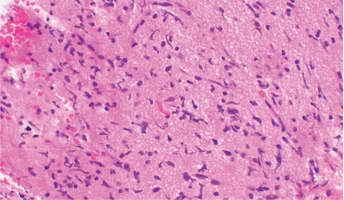Molecular Mechanisms and Functional Impact of Aberrant Splicing in Diffuse Midline Gliomas
Email Principal Investigator
About this
Project
Diffuse midline gliomas (DMGs) are devastating tumors that are very hard to treat. In an effort to accelerate the development of treatments for this disease, researchers propose integrating large-scale multi-omics datasets with state-of-the-art algorithms. Multi-omics refers to the use of many types of data such as genomic, epigenomic, and transcriptome data. This comprehensive approach will be used to elucidate mechanisms of dysregulation underlying DMG formation and progression. The ultimate goal of this work is to identify novel therapies and overall improve outcomes for DMG patients. The Children’s Brain Tumor Network biorepository contains a large number of DMG samples, including tumors with matched cell lines. Utilizing this dataset will set the stage for future molecular experiments using the matched models.
Ask The
Scientists
What are the goals of this project?
The ultimate goal of this work is to identify new therapeutic options and improve overall outcomes for patients with DMGs.
What is the impact of this project?
Once new therapeutic targets are identified, work can be done to bring these new therapies to patients.
Why is the CBTN request important to this project?
The Children’s Brain Tumor Network provides researchers with a large collection of rare DMG samples that will support this work.
Specimen Data
The CBTN contains a large number of DMG samples, including tumors with matched cell lines from the recent PNOC003 trial. Utilizing this cohort will set the stage for future molecular experiments using the matched models.
Meet The






